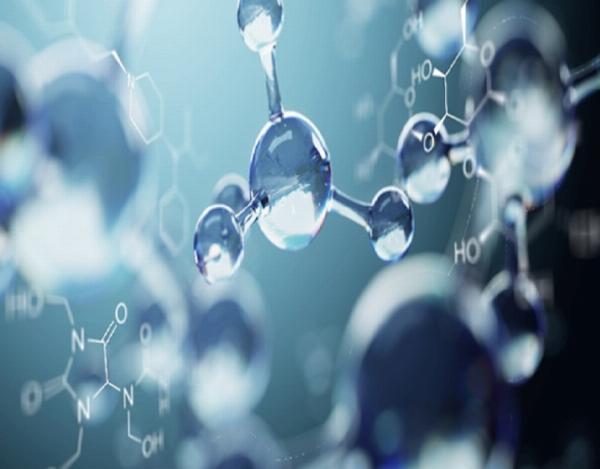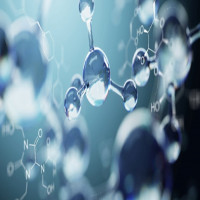Exploring the Role of Microspheres in Medicine and Biochemistry

Strong 8k brings an ultra-HD IPTV experience to your living room and your pocket.
Microspheres are small spherical entities created by dispersing or adsorbing drugs in a polymer matrix. These particles typically range in size from 1 to 250 μm. The use of microsphere formulations can have a long-lasting, sustained-release, or targeted effect, greatly enhancing patient convenience and medication adherence, and providing exceptional clinical advantages. Consequently, the production of microsphere preparation products has become a significant focus of research and development in the pharmaceutical industry.
Applications of Microspheres in Medicine and Biochemistry
Advancements in biotechnology have showcased the versatility of polymer microspheres across various fields, such as biological separation and purification, immunoassay and affinity diagnostics, blood flow measurement, and drug delivery. Some notable applications include clinical testing, controlled drug release, diagnosis of cancer and hepatitis, cell labeling, identification, separation, cultivation, tracking, radioimmunosolid phase carriers, and immune absorption.
Bioseparation
Biological macromolecules, including proteins, nucleic acids, and sugars, possess unique physical and chemical properties that enable their separation and concentration in aqueous solutions. Gel particles larger than one micron are commonly used for separation and concentration, with gel permeation chromatography being a successful example. Submicron polymer microspheres can also be employed to purify proteins through hydrophobic association and electrostatic interaction.
Immunoassay and Affinity Diagnostics
The antibody-antigen reaction, a crucial component of biological immune responses, can be facilitated by loading antibodies onto polymer microspheres for specific binding to antigens. These antigens can then be detected through various methods, either by detecting the complex after separation or directly labeling and detecting the complex. For example, Hanna et al. demonstrated productive results by performing multiple immunoassays on microsphere surfaces using a time-resolved fluorescence method. Affinity latex diagnostics, based on the principle of antigen-antibody binding reactions causing significant changes in carrier material volume, offers a fast and simple immunoassay technique with broad prospects. This principle also underlies high-throughput drug screening methods.
Blood Tests
Monitoring blood output from the heart and local blood flow is crucial for assessing oxygen delivery and absorption. Radiolabeled polymer microspheres can be utilized for such detection, although alternative methods using colored labels, fluorescent labels, and magnetic labels have been developed to ensure safety. For instance, Schlensak et al. investigated the impact of arterial perfusion in cardiac bypass surgery using fluorescent microspheres. They concluded that this method, while unable to effectively prevent pulmonary ischemia, could be exploited to reduce blood loss during surgery and improve safety. Polymer microspheres have also proven effective in this domain.
Drug Release Systems
Polymer microspheres play a vital role in drug release systems, as evidenced by numerous research papers in this field. Recent advancements in the use of nanopolymer microspheres for controlled and targeted drug release have great potential for contributing to human health.
Microspheres in Analytical Chemistry
Analytical chemistry benefits significantly from the use of polymer microspheres as high-performance liquid chromatography fillers. Monodisperse microspheres with appropriate particle sizes greatly enhance separation efficiency and detection accuracy. Filled particles with different functional groups introduced on their surface can be utilized in size exclusion chromatography, affinity chromatography, and gas chromatography to separate and purify various substances.
In the chemical industry, polymer microspheres with large particle sizes, monodisperse distributions, and porous structures find application as catalyst supports. These microspheres exhibit high catalytic activity, minimal side reactions, high reusability, excellent selectivity, and ease of recycling. They can also be utilized as highly efficient ion exchange resins.
With a team comprising pharmaceutical experts, including chemists, biochemists, engineers, and skilled operators, CD Formulation excels in microsphere preparation and production. They currently offer a variety of popular polymer microspheres, including PCL microspheres, PLA microspheres, and PLGA microspheres.
Note: IndiBlogHub features both user-submitted and editorial content. We do not verify third-party contributions. Read our Disclaimer and Privacy Policyfor details.


